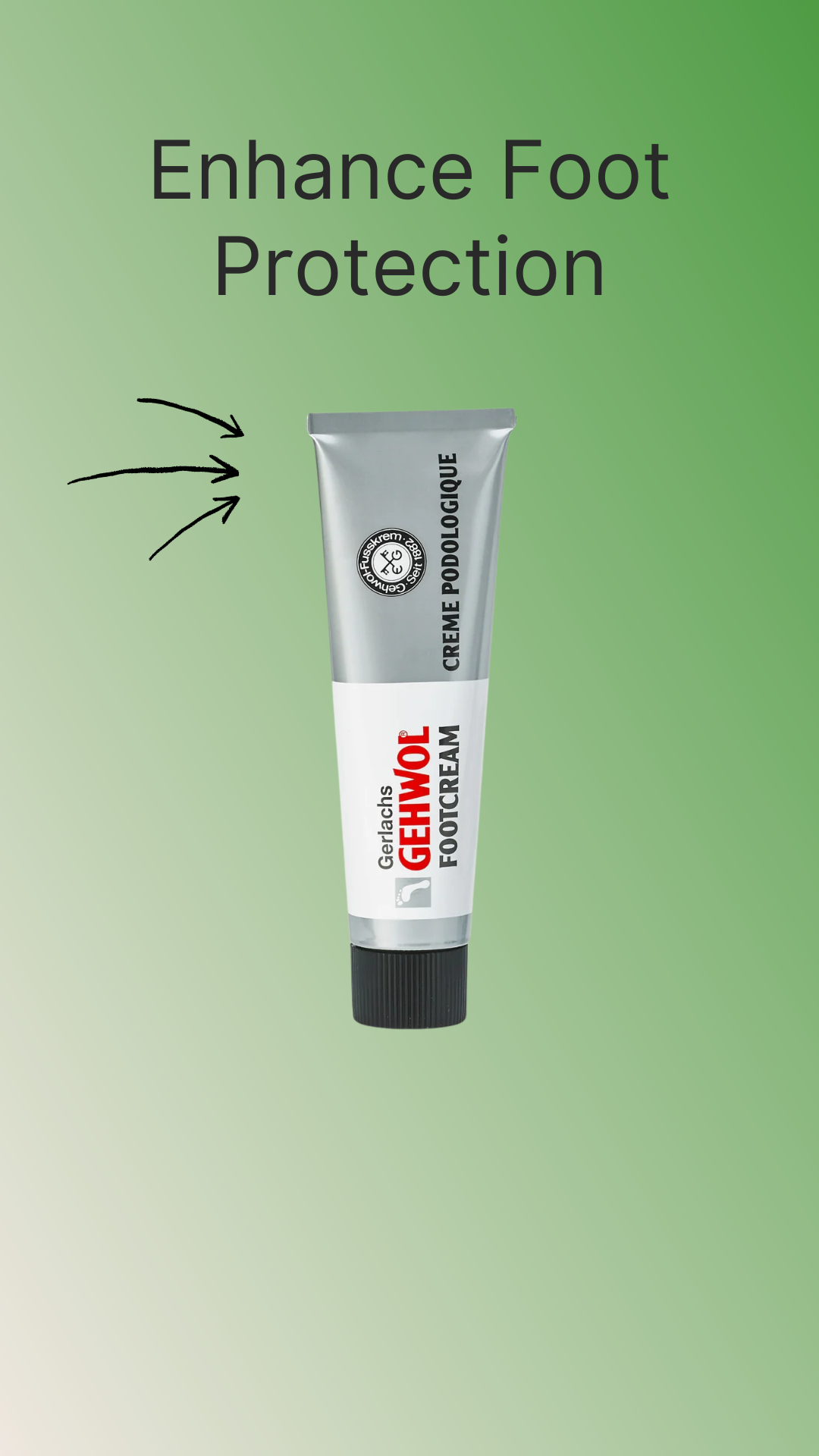Living with a leg length difference can create challenges that go far beyond shoe shopping. From back pain to posture problems, the effects of uneven legs can impact your everyday comfort and long-term health. Fortunately, heel raises and custom orthopedic footwear provide an effective solution.
This guide explores what leg length discrepancy is, why it matters, and how heel raise shoes can help restore balance, mobility, and confidence.
Understanding Leg Length Difference
What Is a Leg Length Discrepancy?
A leg length discrepancy (LLD) occurs when one leg is shorter than the other. This difference can be structural (due to bone length) or functional (caused by posture, hip alignment, or muscle imbalance).
For some, the difference is minor and barely noticeable, while for others, it can lead to significant discomfort and long-term issues.
Common Causes of Leg Length Difference
-
Congenital conditions present from birth.
-
Injuries such as fractures or hip replacements.
-
Arthritis or joint degeneration that alters posture.
-
Spinal conditions like scoliosis, which create functional discrepancies.

How Leg Length Difference Affects the Body
Even a small difference of 1–2 cm can cause the body to compensate in unhealthy ways. Over time, this can result in:
-
Chronic back pain
-
Hip, knee, or ankle strain
-
Uneven gait or walking patterns
-
Postural imbalances
-
Increased risk of joint wear and arthritis
The body works best when balanced. Heel raise shoes correct alignment, reducing the stress placed on muscles and joints.
What Are Heel Raise Shoes?
Heel raise shoes are orthopedic shoes with a built-in or added lift on one side. This adjustment compensates for the shorter leg, creating even alignment and improving stability.
Types of Heel Raises
-
In-shoe heel lifts: Removable inserts placed inside the shoe, best for smaller discrepancies.
-
External shoe raises: A permanent build-up added to the sole, suitable for larger differences.
-
Custom orthopedic shoes: Professionally made footwear tailored to your exact measurements, offering precise correction and comfort.

Benefits of Heel Raise Shoes
-
Improved Posture – Restores balance and reduces compensatory leaning.
-
Reduced Pain – Alleviates stress on the spine, hips, knees, and ankles.
-
Better Mobility – Allows smoother, more natural walking.
-
Prevention of Future Issues – Lowers the risk of arthritis or chronic pain caused by uneven load.
-
Comfort & Confidence – Walking feels more effortless and stable.
Choosing the Right Heel Raise Option
Small Differences (<1.5 cm)
In-shoe heel lifts are usually enough. These are discreet, removable, and can be used in different pairs of shoes.
Moderate Differences (1.5–3 cm)
External heel raises, professionally fitted, provide better stability than inserts.
Significant Differences (3 cm or more)
Custom orthopedic shoes are recommended. These provide full correction while ensuring proper support, width, and depth.
Orthopedic Heel Raise Shoes vs. Standard Shoes
Unlike standard shoes with add-on lifts, orthopedic heel raise shoes are designed with medical precision:
-
Made from soft natural leather for breathability.
-
Built on specialist lasts for width and depth.
-
Equipped with memory foam for shock absorption.
-
Feature seamless linings to prevent irritation.
-
Lightweight and durable for all-day wear.
Daily Life with Heel Raise Shoes
Wearing heel raise shoes isn’t just about comfort; it’s about protecting long-term health. Patients often report improvements in:
-
Walking confidence – No more limping or uneven stride.
-
Reduced fatigue – Less strain on muscles and joints.
-
Quality of life – Being able to stay active without pain.
Whether you’re at work, exercising, or simply enjoying a walk, heel raise shoes help restore a natural rhythm.
FAQs About Heel Raise Shoes
How do I know if I need a heel raise?
If you notice uneven wear on shoes, frequent back pain, or a limp, a healthcare professional can measure and confirm a leg length discrepancy.
Can I buy heel lifts online without seeing a specialist?
For very small differences, yes. But for anything significant, it’s best to consult an orthopedist or podiatrist to avoid incorrect adjustments.
Will heel raises feel strange at first?
It may take a short adjustment period. Most users feel more balanced and comfortable within days.
Are heel raise shoes suitable for children?
Yes. Early correction can prevent long-term posture and mobility problems in growing children.
Do they look bulky or medical?
Modern orthopedic shoes combine function with style. Many designs look like regular footwear while delivering discreet medical support.
Final Thoughts
Living with leg length difference can feel frustrating, but it doesn’t have to mean daily discomfort. Orthopedic heel raise shoes provide a proven solution for restoring balance, reducing pain, and protecting your body for the future.
With options ranging from simple inserts to fully bespoke shoes, you can find the right level of support tailored to your needs. By addressing the root cause of imbalance, heel raise footwear helps you walk with comfort, confidence, and ease.



